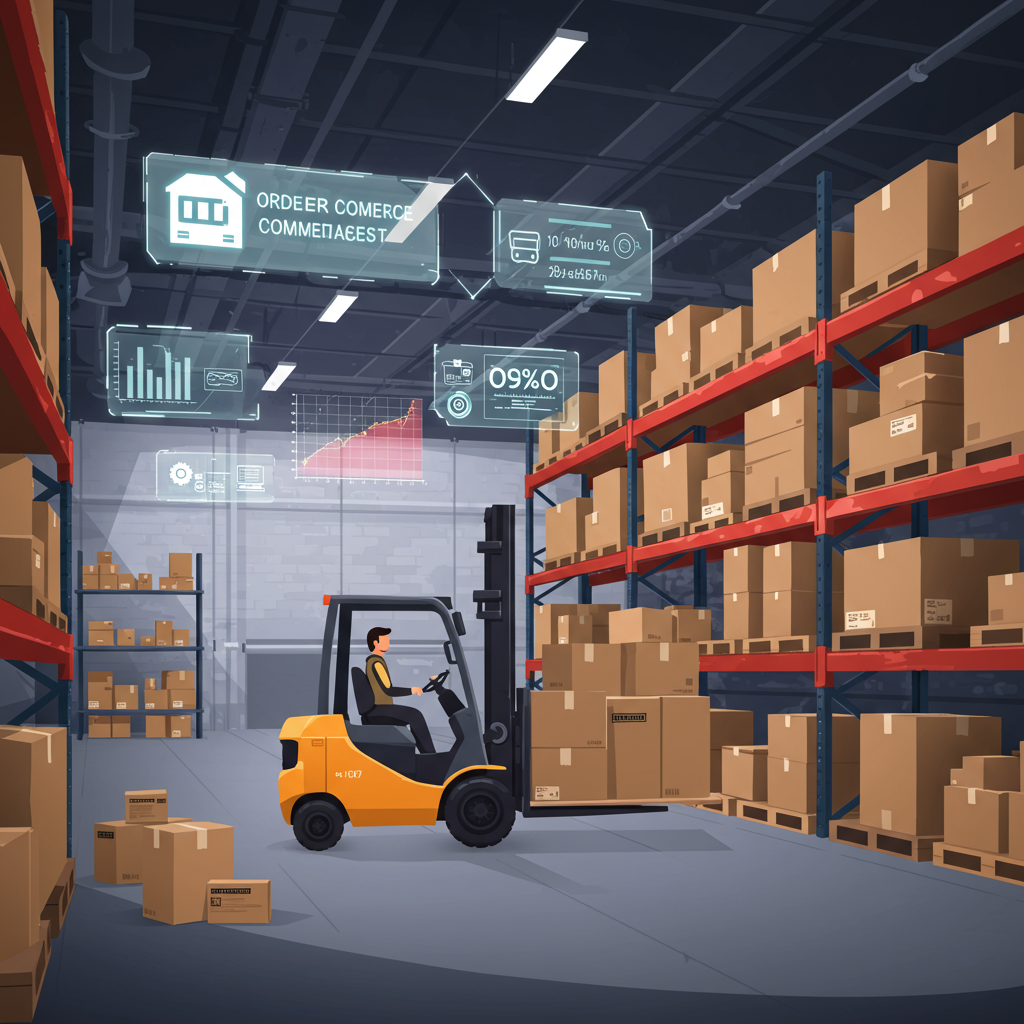How I Chose the Right Logistics Partner to Scale My E-commerce Business
As a Shopify merchant, I know firsthand the exhilarating rush of a successful product launch, the satisfaction of a growing customer base, and the sheer joy of seeing my brand come to life.
However, I also quickly learned about the less glamorous, yet utterly critical, side of e-commerce: fulfillment.
Initially, I handled everything myself. My spare room became a mini-warehouse, my evenings were spent packing boxes, and my weekends were dedicated to trips to the post office.
It was manageable at first, but as orders grew, so did the chaos. I found myself spending more time on logistics than on product development, marketing, or customer engagement.
This is where the concept of a Third-Party Logistics (3PL) provider became not just an option, but a necessity for my business to truly scale.
A 3PL is essentially an outsourced partner that manages your warehousing, inventory management, order fulfillment (picking, packing, shipping), and often returns.
For Shopify store owners like us, partnering with a 3PL can be a game-changer, freeing up invaluable time and resources.
One of the most significant benefits I experienced was the immediate cost savings. While it might seem counterintuitive to pay someone else, 3PLs operate at economies of scale.
They get better shipping rates, have optimized warehouse space, and efficient labor, which often translates to lower per-order costs than if you were doing it yourself.
Beyond cost, the time savings were immense. I could finally refocus on strategic growth initiatives, product innovation, and building my brand, rather than being buried under shipping labels.
Scalability is another huge advantage. During peak seasons like Black Friday or Cyber Monday, a good 3PL can effortlessly handle spikes in order volume that would overwhelm a small in-house operation.
They also bring expertise. Navigating complex shipping regulations, international customs, and efficient returns processes can be daunting. A 3PL has dedicated teams for this.
Ultimately, this leads to improved customer satisfaction. Faster, more reliable shipping and professional packaging enhance the overall customer experience, encouraging repeat business.
So, how do you choose the *best* 3PL for your Shopify store? It’s a critical decision, and I’ve learned there are several key considerations.
First and foremost, seamless integration with Shopify is non-negotiable. Your 3PL’s system should connect directly with your store to automate order syncing, inventory updates, and tracking information.
Next, consider their location and network. Multiple warehouse locations can significantly reduce shipping times and costs for customers across different regions.
Pricing structure needs to be transparent. Understand all fees: storage, pick and pack, shipping, kitting, returns, and any hidden charges. Get a detailed quote and compare.
The technology and software they use are vital. A robust Warehouse Management System (WMS) that provides real-time inventory visibility and reporting is essential for informed decision-making.
Don’t underestimate the importance of customer service and communication. You’re entrusting them with your products and your customers’ experience, so responsiveness and clear communication are key.
Some 3PLs specialize in certain product types, like fragile goods, oversized items, or cold storage. If your products have unique requirements, seek out a specialized partner.
Ensure they can scale with you. As your business grows, your 3PL should be able to accommodate increased volume without compromising service quality.
Efficient returns management is also crucial. A smooth reverse logistics process can turn a potentially negative customer experience into a positive one.
Finally, always check their reputation and reviews. What do other Shopify merchants say about their experience? Look for case studies or testimonials.
Based on my research and experiences, some of the top contenders for Shopify merchants often include ShipBob, known for its strong tech integration and distributed network.
Deliverr (now part of Flexport) is another excellent choice, particularly if fast shipping and transparent pricing are your top priorities.
For businesses with heavy or bulky items, Red Stag Fulfillment consistently receives high marks for accuracy and handling specialized products.
ShipHero offers a powerful software-first approach, which can be great for larger operations looking for deep control and customization.
When I was vetting providers, I defined my specific needs first: my average order volume, product dimensions, target shipping speeds, and budget.
I then requested detailed quotes from several providers, asking very specific questions about their Shopify integration, Service Level Agreements (SLAs), and potential hidden fees.
I also made sure to ask for references or case studies from businesses similar to mine. This due diligence is crucial.
My advice is to start with a clear understanding of your own business’s unique needs before diving into comparing providers.
The transition process, while it might seem daunting, is usually well-managed by reputable 3PLs. It involves inventory transfer, setting up the integration, and testing orders.
In conclusion, choosing the right 3PL is one of the most impactful decisions you can make for your Shopify store’s growth and long-term success.
It’s an investment that pays dividends in time, efficiency, and customer satisfaction, allowing you to focus on what you do best: building your brand.
What are your thoughts on this guide, and what challenges have you faced with fulfillment in your e-commerce journey? I’d love to hear your perspective.






